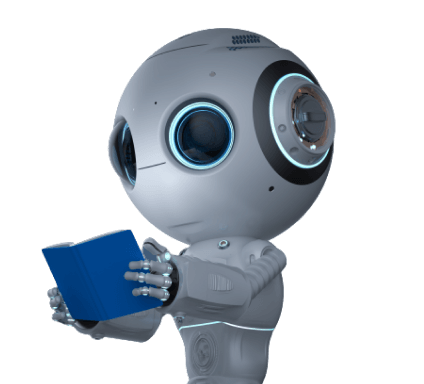Results for ""
Identifying AI-Generated Images
Detecting whether an image is AI-generated or human-created has become a critical challenge in the era of generative AI. Advances in AI technology have made it possible to create images that are nearly indistinguishable from real photographs. However, as this technology evolves, so do the methods for identifying AI-generated content. Researchers are developing various techniques to differentiate between AI-generated images and those created by humans, focusing on analyzing inconsistencies in lighting, texture, and anomalies that are difficult for AI to replicate accurately.
Analyzing Lighting and Shadows
One of the primary methods for detecting AI-generated images involves examining lighting and shadows. Human-created images typically have consistent and realistic lighting conditions, with shadows behaving in predictable ways based on the light source. AI-generated images, however, might exhibit inconsistencies in lighting, such as shadows that do not align correctly with the light source or areas where the lighting appears unnatural. These discrepancies can serve as telltale signs of AI manipulation.
Texture Analysis
Texture analysis is another crucial technique for identifying AI-generated images. AI models often struggle to replicate the intricate details and variations found in natural textures. By closely examining the texture of surfaces within an image, researchers can identify patterns that appear too uniform or lack the randomness characteristic of real-world textures. For instance, AI-generated images might exhibit repeated patterns or smooth areas where there should be more variation, revealing their artificial nature.
Detecting Artifacts and Anomalies
AI-generated images may contain artifacts and anomalies that are not present in human-created images. These artifacts can include unnatural blurring, pixelation, or distortions that occur during the image generation process. Machine learning models trained to detect these subtle discrepancies can help in identifying AI-generated content. By analyzing these anomalies, researchers can distinguish between genuine and synthetic images with greater accuracy.
Machine Learning Models for Detection
Advanced machine learning models are being developed to improve the detection of AI-generated images. These models are trained on large datasets of both real and AI-generated images, learning to identify the unique features and patterns associated with each type. By leveraging deep learning techniques, these models can analyze an image's finer details and detect inconsistencies that may not be immediately apparent to the human eye.
Digital Watermarks and Metadata
In addition to analyzing visual characteristics, embedding digital watermarks and metadata in AI-generated images can help trace their origin and authenticity. Digital watermarks are invisible markers embedded within an image that can be used to verify its source. Metadata, such as information about the creation process and the AI model used, can provide additional context and aid in identifying AI-generated content. These techniques help create a digital fingerprint for AI-generated images, making it easier to track and authenticate them.
Forensic Analysis
Forensic analysis techniques are also being employed to detect AI-generated images. These methods involve examining the image at a microscopic level, looking for signs of manipulation that might not be visible to the naked eye. For example, forensic analysts can analyze the image's color channels, noise patterns, and compression artifacts to identify irregularities indicative of AI generation. By combining multiple forensic techniques, researchers can build a comprehensive profile of an image's authenticity.
Collaborative Efforts and Standardization
The challenge of detecting AI-generated images is being addressed through collaborative efforts and the development of industry standards. Researchers, technology companies, and regulatory bodies are working together to create guidelines and tools for identifying and managing AI-generated content. Standardizing these detection methods ensures a consistent approach across different platforms and applications, improving the overall reliability of AI detection techniques.
Sources of Article
https://aicareprodforum-3habxqkqfa-pd.a.run.app/






